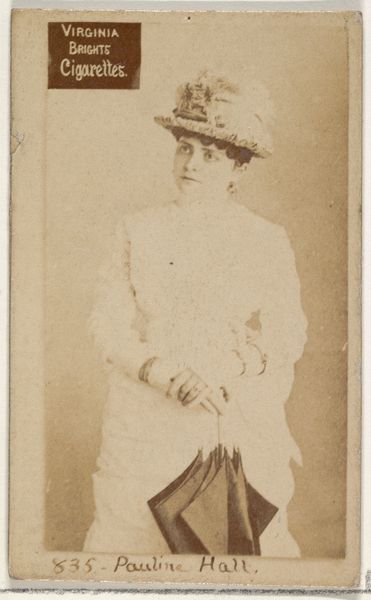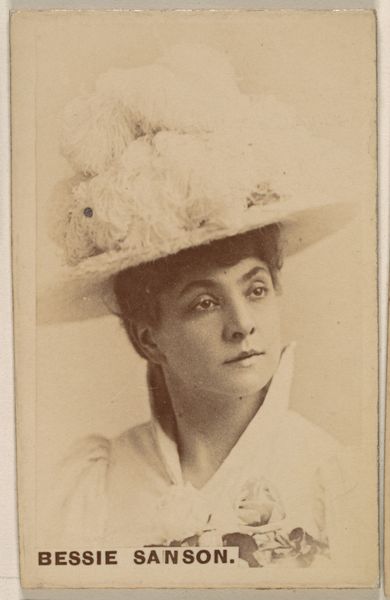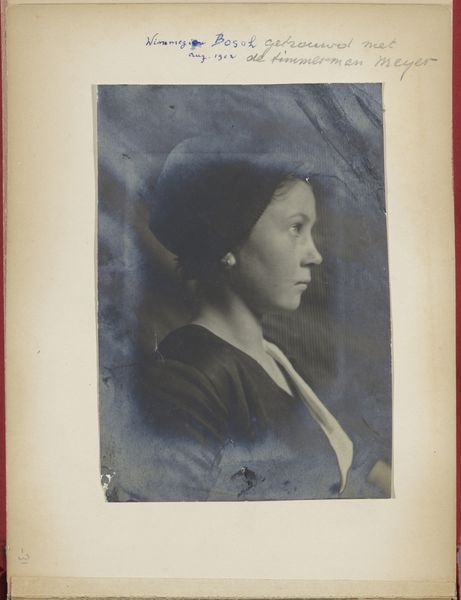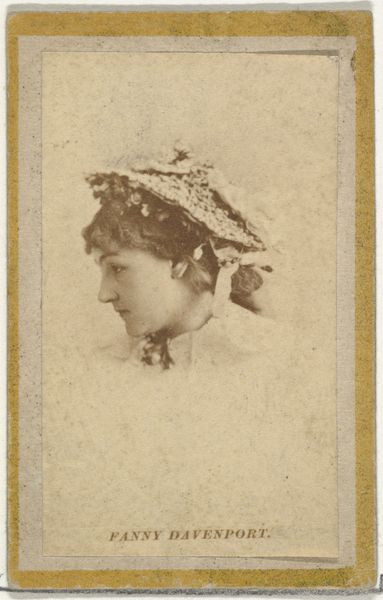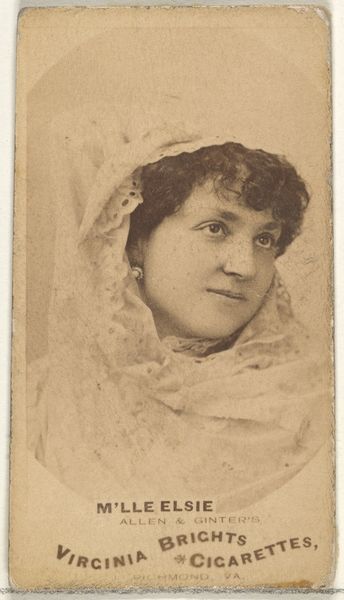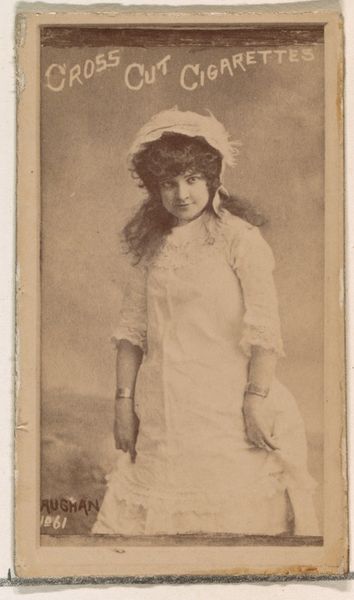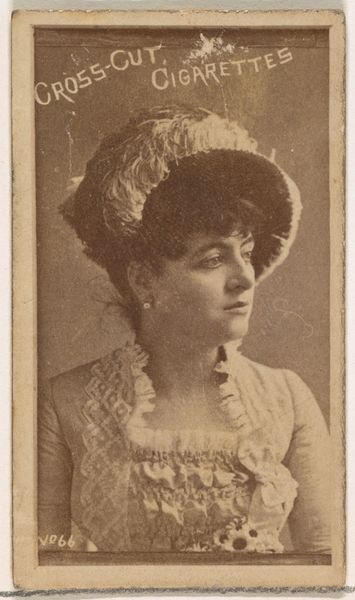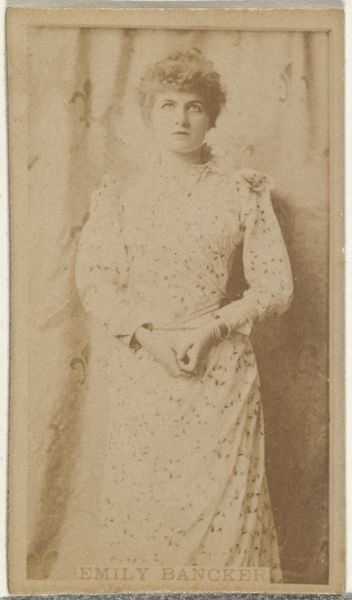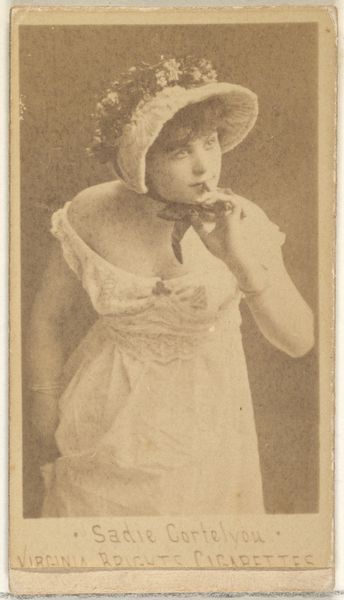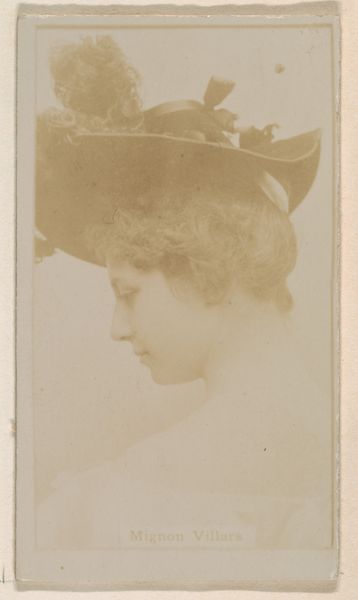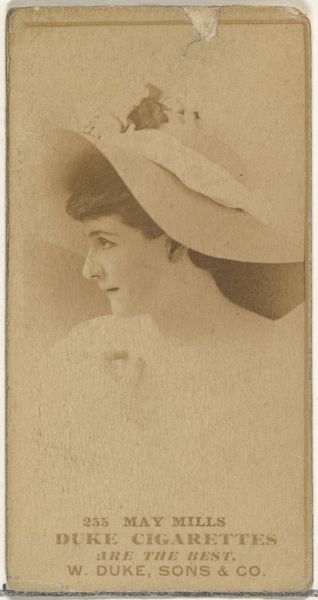
photography
#
portrait
#
still-life-photography
#
photography
#
realism
Dimensions: image/plate: 12.7 × 10.2 cm (5 × 4 in.)
Copyright: National Gallery of Art: CC0 1.0
Curator: Looking at this tintype by Deborah Luster, entitled "St. Gabriel, Louisiana" and dated between 2000 and 2014, my immediate impression is one of profound stillness. The tones are so muted. There is something spectral about it, almost melancholic. Editor: I’m intrigued. Luster's work often engages with overlooked communities, particularly those impacted by the criminal justice system. Given that St. Gabriel is the location of Louisiana’s women’s prison, how does that institutional context frame your reading of spectrality and melancholy? Is this figure haunted, perhaps, by systemic forces? Curator: That makes her gaze all the more potent. Her eyes are turned just so, giving a knowing side glance. It seems significant that the tintype process gives it such an antique feel, linking it to older, almost forgotten, traditions. Is it referencing iconic portraits of women in service roles? The timeless weight of history. Editor: Indeed, the hat she is wearing recalls religious headdress—a kind of ‘habit’. Consider that in Catholic iconography, St. Gabriel is an archangel known for messages of revelation. Here, however, there seems a somber undertone; does she bring revelation or bear witness to some obscured truth? I would also ask, to what truths do women have access inside or outside these kinds of systems? Curator: Perhaps the photograph is working to invert those historic power structures, the shadows providing a layer of anonymity or even protection. And thinking of a larger system, is there commentary on the historical context of Louisiana's legacy and race? Her gaze pierces our own present, refusing to let us ignore these realities. Editor: Yes, absolutely, by framing her within these cultural and historical codes, Luster confronts our perceptions, questioning notions of innocence, guilt, visibility and invisibility in the face of institutional power. It becomes less about who this woman *is* and more about what she *represents*. Curator: Ultimately, viewing the picture this way—aware of the symbolism, historical, and social setting—allows for a richer, far more thought-provoking, response. It goes way beyond that immediate quiet stillness I experienced first. Editor: Indeed. Bringing different interpretive frameworks gives nuance, prompting us to consider whose stories get told, whose symbols endure and what it might mean to truly "see" someone beyond our first assumptions.
Comments
No comments
Be the first to comment and join the conversation on the ultimate creative platform.
